Gallery (65 images): Canon G5X Mark II and False Creek
Let me start out this blog posting by acknowledging how long it's been since I've posted anything! Basically, every time there was something I wanted to blog about, some new piece of equipment I tested, some new shots I wanted to share, something I probably could have thrown up fairly quickly if I'm being honest, I held back. I kept thinking that there were, for example, still galleries from my trip to Germany in 2018 I hadn't yet posted, then a trip to Ontario and Niagara Falls, a trip to Vancouver Island... well you probably get the picture. I kept holding off since I felt that I first needed to post older "more important" stuff (more time consuming to do though), before talking about or showing any new stuff (quicker and easier). Well, no more of that... if I can help it.
From now on, I will post short entries, smaller galleries etc., and not worry that more major stuff is still backlogged. I'll get to the older stuff eventually! This blog has been dead for 2/3 of a year because of that, and I will try to rectify this going forward. So, on to today's topic then!
My local Canon rep was kind enough to lend me a production G5X Mark II to test, as soon as he got his sample. For years now, I personally hadn't been all that impressed with most point & shoot (P&S) cameras on the market for a variety of reasons. Whether it was the handling and ergonomics, the lens quality, the overall quality with respect to the image sensor, the responsiveness of the user interface; there was always some aspect of most small cameras that turned me off. I have been spoiled by using some very high quality, high performance cameras and lenses these last few years, and my expectations were high... probably overly high when it comes to evaluating smaller, less expensive cameras, but there you go.
This new Canon G5X II immediately caught my eye for a number of reasons. First off, it is very compact, but not so much that it's hard to work with. It has a good electronic viewfinder (EVF), for me an absolute must-have for any camera, and the very robust feeling EVF even retracts into the body, making the camera very pocketable when off. The G5X II seems to blatantly borrow its EVF design from the Sony RX100 series, and while I always liked those Sony cameras (small, great image quality, great performance) they were never compelling for me to use as a photographer, one who often adjusts aperture and exposure compensation. The G5X II however has a control ring around the lens, and unlike the one on the RX100 series, Canon's ring has nice detents which I set to control the aperture. In addition, it has a dedicated exposure compensation dial (+/- 3 stops in third stop increments) which can easily be operated by the thumb. For such a small camera, it is quite nice to use actually and the EVF is even usable when wearing sunglasses.
The G5X II has a 1" BSI CMOS* sensor and a stabilized 8.8-44mm f/1.8-2.8 lens (equivalent to a 24-120mm), and the lens retracts and is covered when not in use. One doesn't want to fiddle with lens caps on a pocketable P&S! Being such a fast lens, one can get some decent blurry backgrounds (subject isolation) despite the relatively small sensor, and even the bokeh has a surprisingly nice character for a P&S lens. See some of the flower macro shots in the gallery for example. At the widest settings, the corner sharpness is a bit compromised but I would say at 35mm and longer (equivalent), the lens performs quite well. Flare is well controlled and purple fringing is minimal. Distortion correction done in camera is superb, with perfectly straight lines when shooting buildings, and I have to presume this is software based since I expect a lens like that will have a fair bit of native barrel and/or pincushion distortion at some focal lengths.
Note that at the moment, I am only able to judge image quality based on camera JPEGs, and if you pixel peep those JPEGs, the quality is definitely that of a (good) P&S, and not that of a Canon DSLR with an 'L' lens, but all in all, I feel the image quality is pretty good and I am actually looking forward to examining the raw files in the future.
I've made the larger images in the gallery 3000 pixels wide on the long dimension, so you can get a pretty good idea of what the camera is capable of. I would say that at those sizes, the images in the gallery generally look rather good, despite only being processed JPEG files. I purposefully turned down the in-camera sharpening and minimized the sharpening radius, to allow for better post sharpening in Lightroom, although some high contrast image details still have some slight sharpening halos out of camera.
I also shot with the contrast turned right down in camera, in order to maximize the malleability of the JPEGs. I did have Canon's Highlight Tone Priority setting disabled since in the past, I have often found initial raw support from Adobe, and from some other companies, to not render raw files properly that were shot using a camera's proprietary high dynamic range settings. Apart from some sharpening in Lightroom, I also restored a bunch of contrast lost by having it turned down in camera, utilized the highlight recovery a little, and the shadow fill a fair bit at times. Lastly, many images had one or more of clarity, haze correction and an occasional slight texture boost applied, and some a bit of perspective correction too. In other words: none of these shots are straight out of camera JPEGs! Generally speaking, I have all processed them to what I think looks good. Note that on average, I spent no more than maybe 15 to 30 seconds on any given image making adjustments, so these are not "heavily" processed by any stretch.
Lastly, I have to give major kudos to Canon for giving the G5X Mark II such a fast processor. This is a very swift camera indeed, lag-free, no EVF blackout after a shot, capable of crazy fast frame rates with a big raw buffer - how does 20 fps with a 55 shot raw buffer sound?! Lastly, it has a popup flash and a tilting rear touchscreen LCD that can also be used to move the focus point when your eye is up to the viewfinder. I won't go into any more detail, since you can find reviews like that elsewhere on the web. Suffice to say, that this little camera impressed me a fair bit. I only hope that once I can open the raw files, I'll be able to eke out a just little more quality and resolution from that lens...
So there you have it: a quick little equipment review (which did end up being longer than expected) with an accompanying image gallery. In case you are shopping for a new compact camera, maybe you'll have found found this a bit useful...
* BSI CMOS stands for backside-illuminated complementary-metal-oxide-semiconductor, just in case you cared. Basically, this is the tech used to manufacture the image sensor, and generally speaking, when it says BSI CMOS, you can expect good image quality from such a sensor!

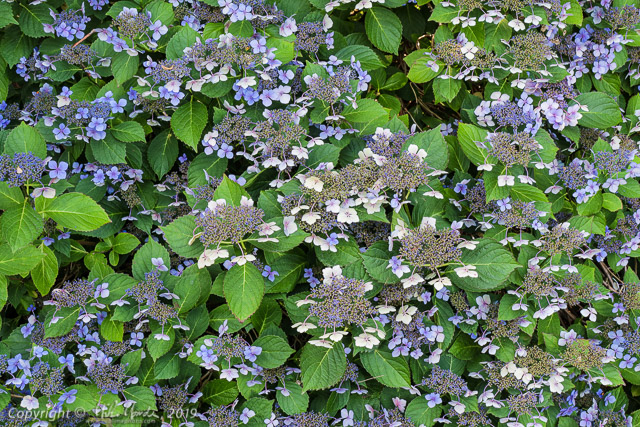
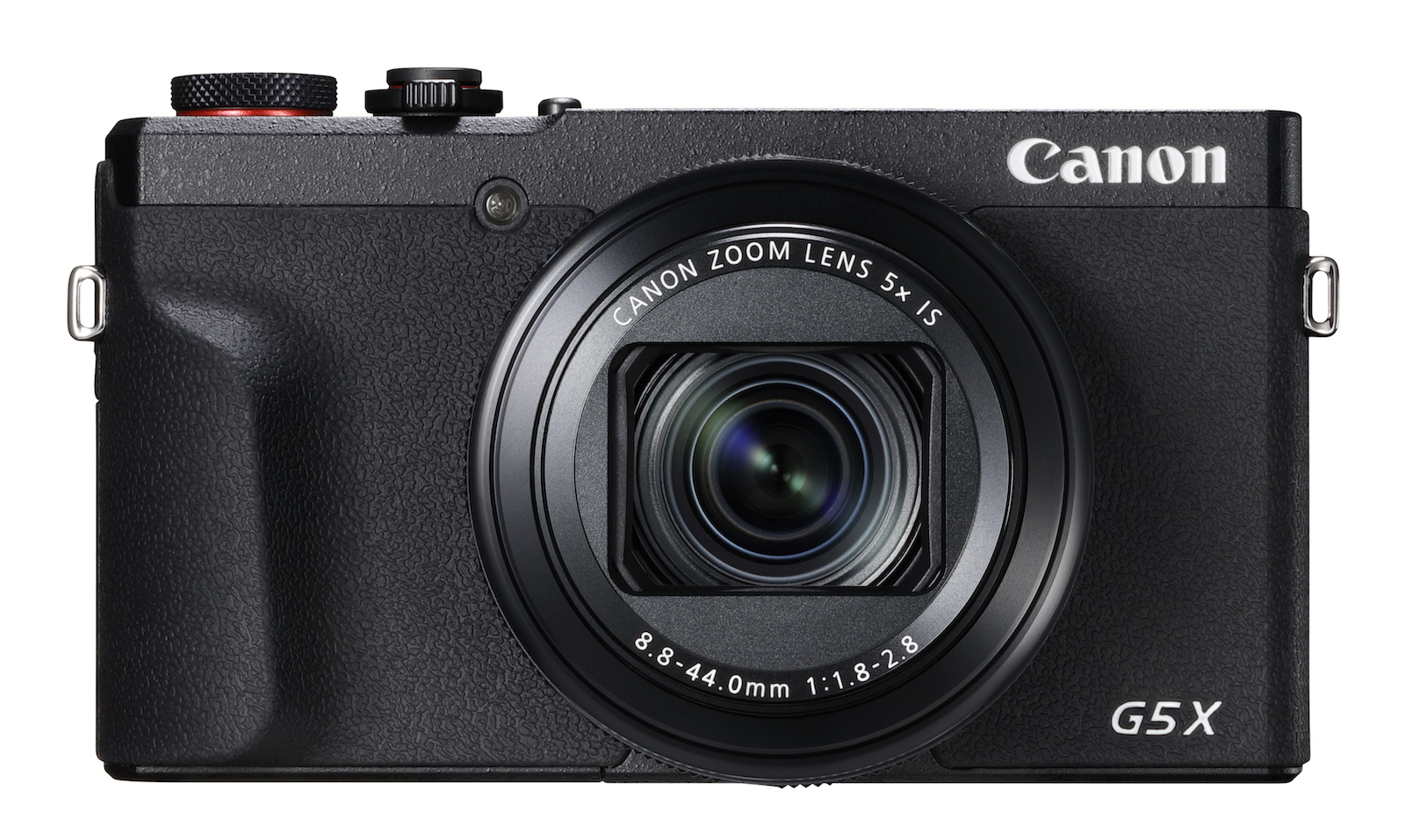
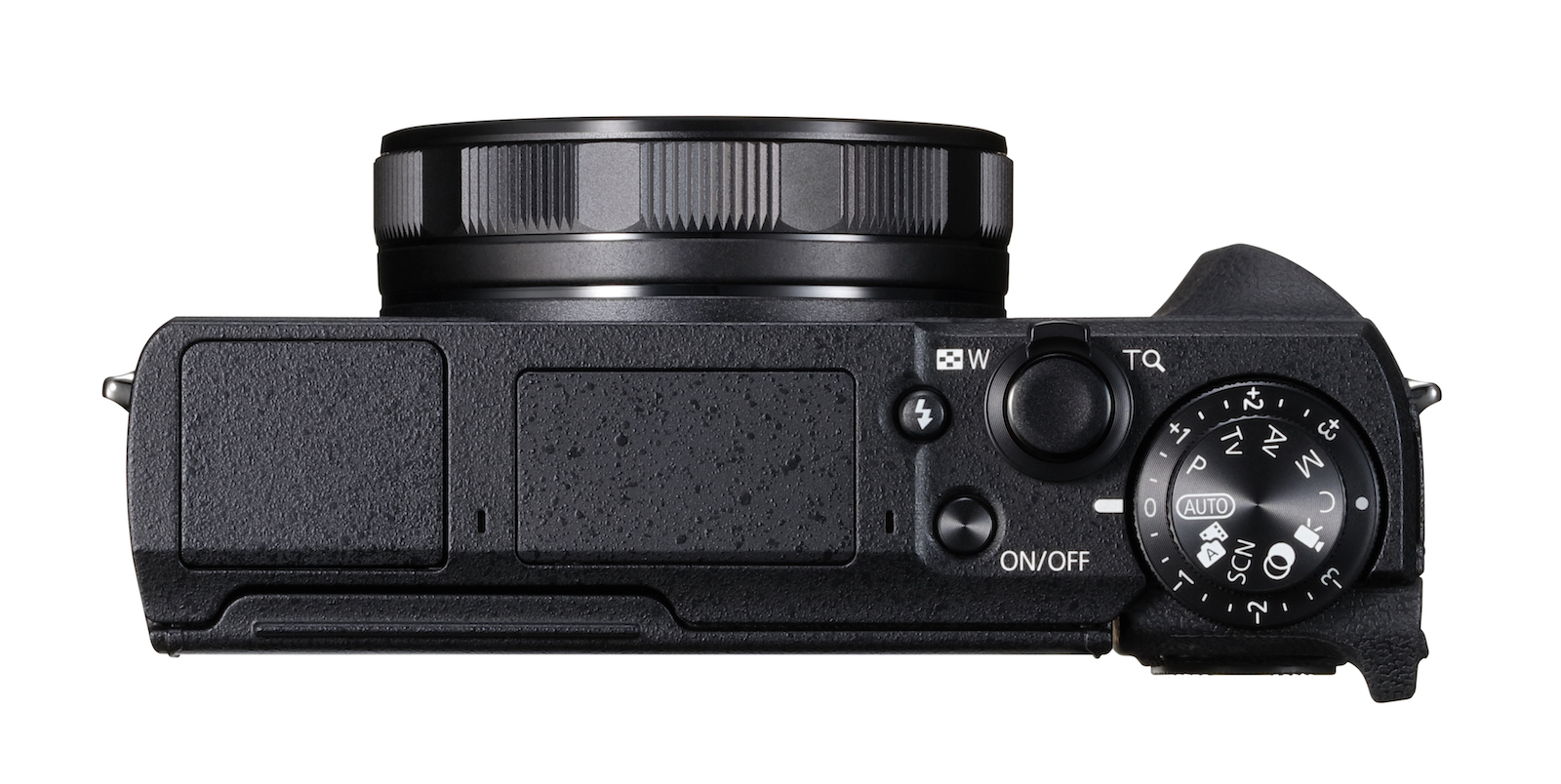
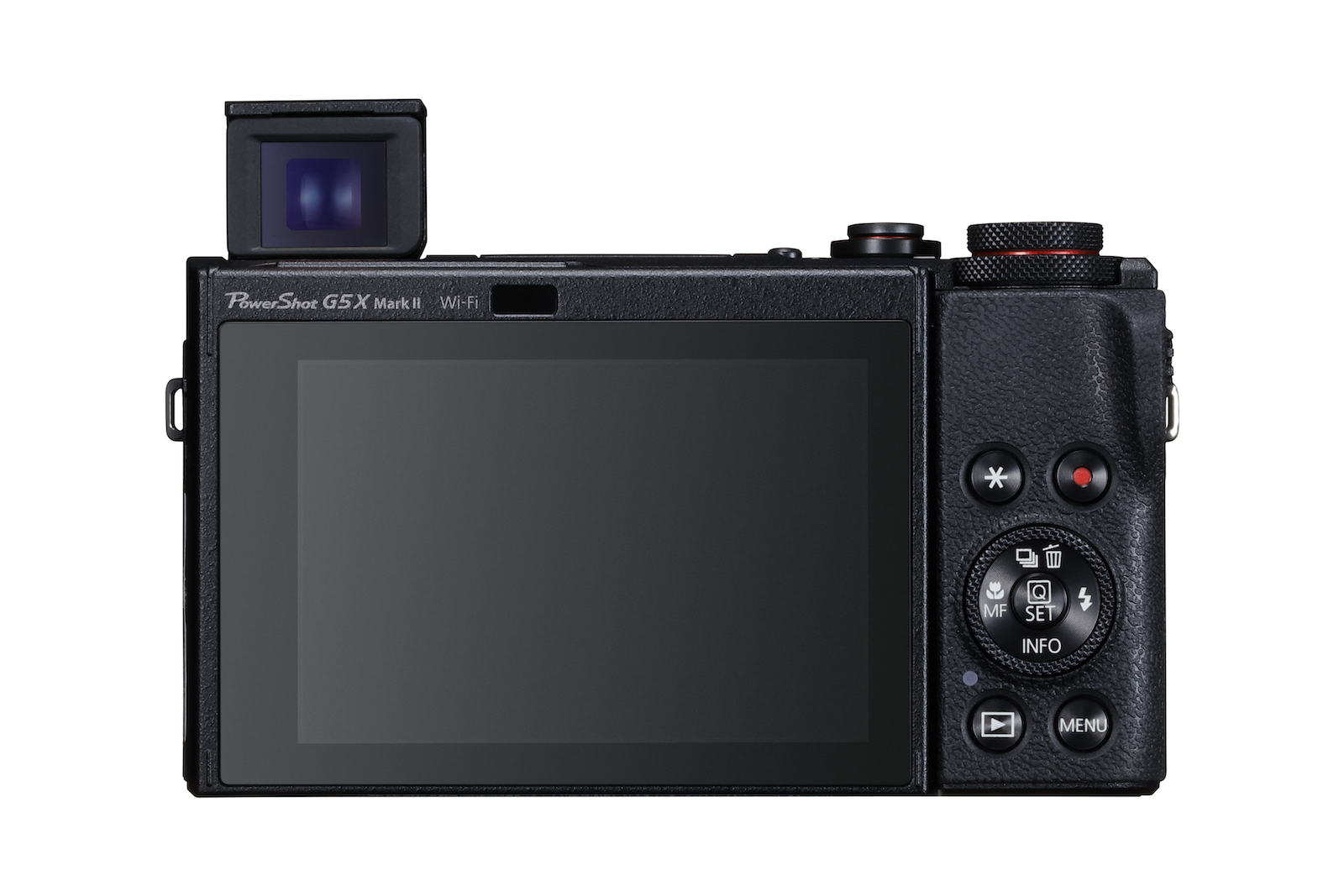
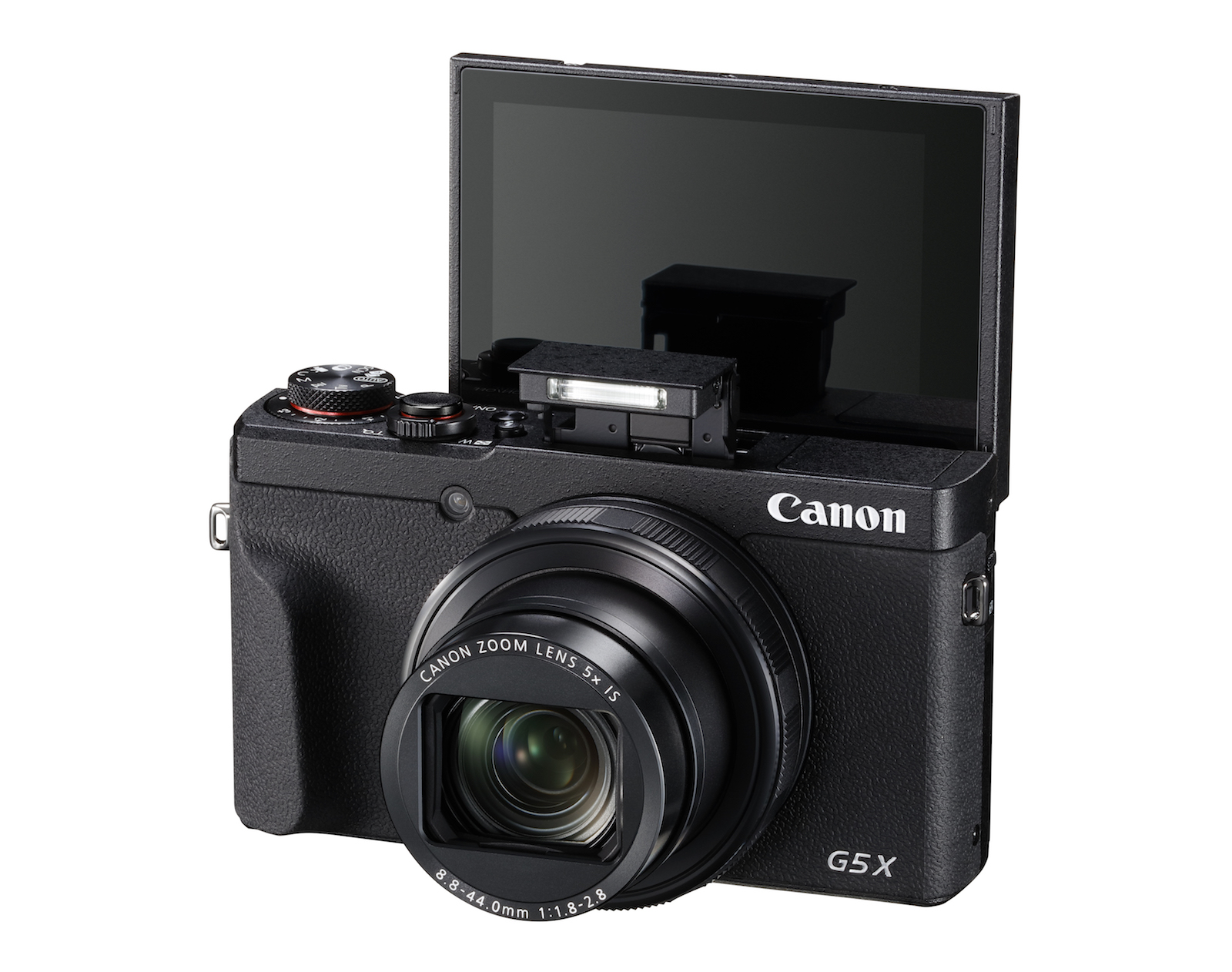

0 comments:
Post a Comment